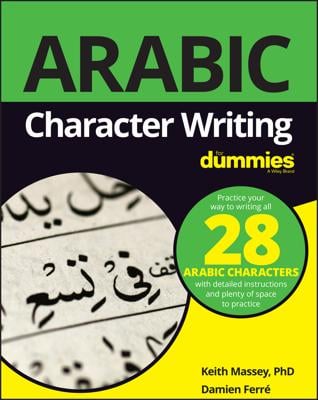In art class, you draw parallels. In math class, you plot them on a graph. In grammar, you create parallel constructions. Parallel constructions in grammar, aren’t about lines that look like train tracks. You need balance in speech and writing to create sentences that aren’t lopsided.
Can you spot the problem in this sentence?
Larry wanted with all his heart to find a bride who was smart, beautiful, and had millions of chukbloks, the currency of his native land.
Not counting Larry’s matrimonial ideas, the sentence has another problem: It’s not parallel. Concentrate on the part of the sentence following the word was. Larry’s dream bride needed these characteristics:
Smart
Beautiful
Had millions of chukbloks
Do you see that these three descriptions don’t match? The first two are adjectives. The third consists of a verb (had) and an object (millions of chukbloks). But all three descriptions are doing the same job in the sentence. They describe Larry’s dream bride. Because they’re doing the same job, they should match, at least in the grammatical sense. Here’s one revised list:
Smart
Beautiful
Rich in chukbloks
Nearsighted (You would add this one if you had actually seen Larry.)
And here’s another:
Intelligence
Beauty
Millions of chukbloks
Bad eyesight
Both lists are fine. In the first set, all the characteristics of Larry’s bride are adjectives. In the second set, all the characteristics are nouns. You can use either list. Just don’t take some elements from one and some from another. Here are the revised sentences:
Larry wanted with all his heart to find a bride who was smart, beautiful, nearsighted, and rich in chukbloks, the currency of his native land.
Larry wanted with all his heart to find a bride with intelligence, beauty, bad eyesight, and millions of chukbloks, the currency of his native land.
Parallelism is especially important when you’re making a presentation or a bulleted list. If one item is a complete sentence, all the items should be. If you’re listing nouns, make sure every item is a noun. See if you can spot the error.
This year’s goals for employees of Kubla Khan, Inc. include the following:
To visit the stately dome
Rafting the sacred river Alph
Locating a competent dulcimer-player
Uh oh. One item doesn’t match: To visit the stately dome. In case you care, here’s how the list appears to a grammarian: to visit is an infinitive, but the next two items in the list, rafting and locating, are gerunds. Though gerunds and infinitives are both verbals, you can’t mix and match them freely. Here are three possible corrections for the list:
Visiting the stately dome
Rafting the sacred river Alph
Locating a competent dulcimer-player
or
To visit the stately dome
To go rafting on the sacred river Alph
To locate a competent dulcimer-player
or
Full-time workers must visit the stately dome.
Executives are expected to go rafting on the sacred river Alph.
The first employee to locate a competent dulcimer-player will receive a bonus.
Whenever you’re writing a presentation slide or a sentence with more than one subject, object, or verb, make a list and check it twice, whether or not you believe in Santa Claus. Everything doing the same job must match grammatically.
To avoid parallelism errors, you don’t have to know the correct grammatical terms. Just use your common sense and listen. A parallel sentence has balance. A non-parallel sentence doesn’t.

